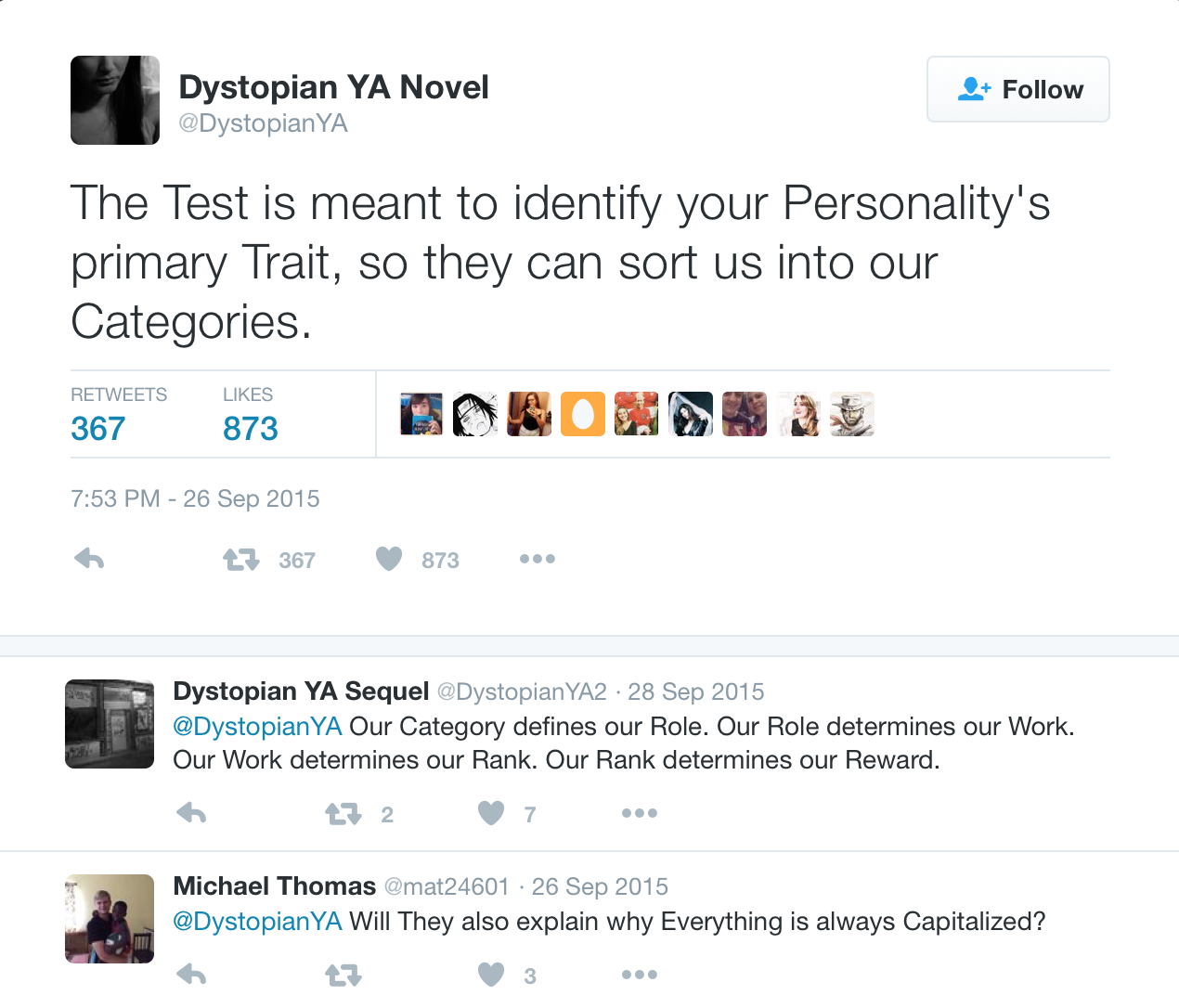Books have the power to transport readers to a completely different world, and this is doubly true for fantasy and science fiction. Those genres continue to be extremely popular in kidlit, but in a crowded market, it can be hard for authors to make their otherworldly realms stand out. Here are some tips for building and developing fictional worlds.
What NOT to do: Capitalize random Words
This is my #1 world-building pet peeve, and quite possibly my #1 speculative fiction pet peeve, period. DO NOT do this!

Now, capital letters aren’t bad by themselves. But there’s a huge difference between the Harry Potter series capitalizing magical objects like “Portkey” vs. Capitalizing Random Words and calling it world-building. Why is the latter so offensive? First, it’s really lazy. But it also just sounds artificial, which a good world should never do no matter how fantastical. Just look at our society: how many words are actuallycapitalized? Pretty much none, aside from proper nouns and branded products.
Develop interior logic or “rules” for your fictional world.
I know some writers hate hearing the word ‘rules’ (in fact, I’m one of them). But it can be immensely helpful to establish your own ground rules. This is true even in speculative fiction, in which there is a difference between literal impossibility and internal inconsistency. The first is only as important as you want it to be, and the second is no less important in a high fantasy than a hard sci-fi unless your story is deliberately absurdist as in Lewis Carroll’s works.
“Rules” can also be helpful in creating a world that connects with the larger themes of your story. I recently read THE ART OF MAD MAX: FURY ROAD and it has a good example of this. Production designer James Gibson described two principles he had in mind for creating the movie’s already-iconic world: 1), in the wake of the apocalypse, “brutally efficient function had to be wrought from any and all form”, hence the memorable weapons and armor fashioned from found objects, and 2) even in this most toxic of landscapes, people still make beautiful things. These sorts of ‘rules’ will vary from story to story, but having certain principles as a springboard for your details can help give your world thematic resonance and greater significance beyond simply being the backdrop for the plot.
Follow up on the implications of the rules you’ve made.
I’m a sucker for high concepts. But what I really love is when a high-concept story takes full advantage of its premise in a way that makes me feel like the writer has truly and thoroughly considered the implications of what they’ve created. If superheroes have to defend the city from villains on a regular basis, how might the city adapt to deal with all the property destruction? If you’ve established that emotions have been outlawed, how would advertising work? Where does the meat in the Pokemon universe come from? Actually, don’t think too much about that one.
Ask questions.
We often default to our own cultural assumptions or existing genre tropes without realizing it. But if you just look at the real world, you can see that many of the practices and values we take for granted—for example, the nuclear family—actually vary very widely across time and place.
If you’re creating an entirely new world or culture, try this brainstorming exercise. Come up with a list of questions to ask yourself that goes beyond big-picture pieces like how the magic system works and the names of the different regions. What is their family structure like? How about their spiritual beliefs? What kind of art do they make? How do they dispose of their dead? The purpose of this isn’t to come up with the most ‘original’ answers just for the sake of being unique, but to help you consider other possibilities.
Tread carefully when taking inspiration from real cultures.
One final note: recently there’s been more interest, especially in YA, in fantasy inspired by cultures other than the old standby of medieval Europe. And that’s awesome! Be aware, though, that there is a very long history of dehumanizing non-Western races by portraying them as magical or fantastical. How many of you knew “Gypsy” is actually a racist slur and not what the Romani people call themselves?
You might not intend to be racist or reinforce harmful stereotypes, but if you’re taking inspiration from a culture other than your own, you should be aware of your own blind spots. Don’t lump diverse cultures under the same general “Asian” or “African” or “Native American” umbrella. Be respectful and do your research.



